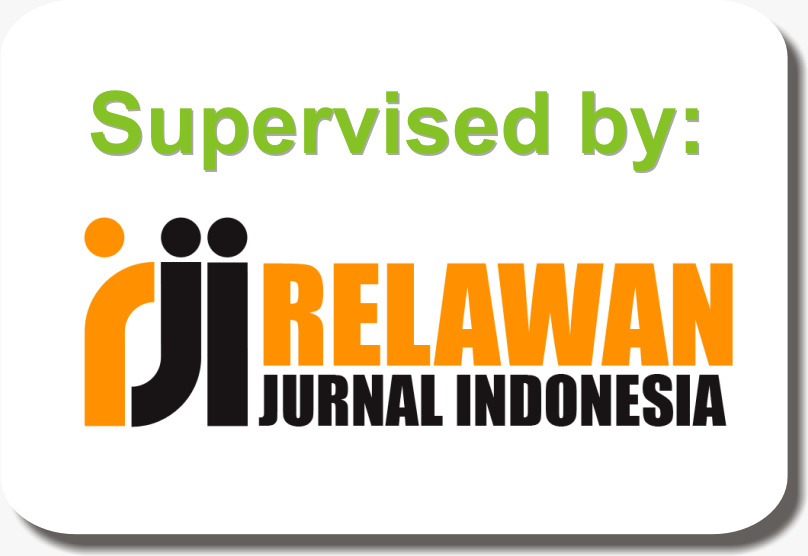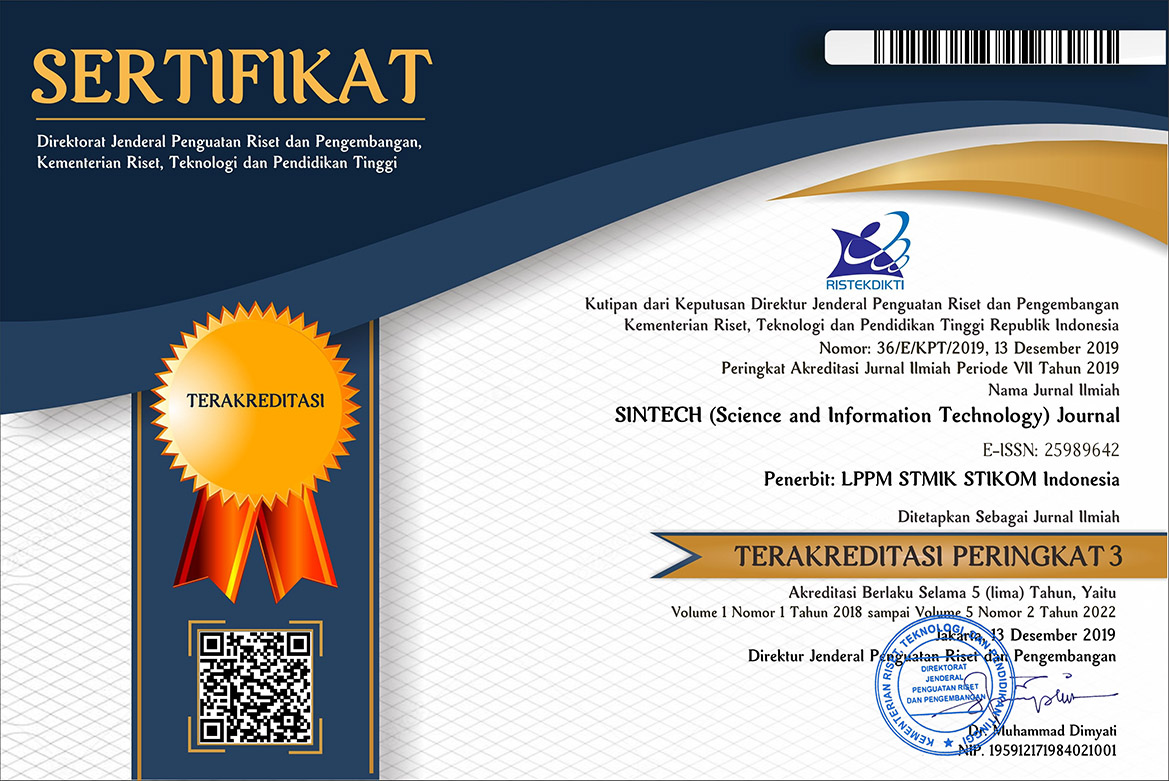IMPLEMENTASI STAR SCHEMA PADA STUDI KASUS PERPUSTAKAAN BERSKALA UNIVERSITAS
DOI:
https://doi.org/10.31598/sintechjournal.v4i1.446Keywords:
data warehouse, etl, nine-step, library, star schemaAbstract
Libraries are service units with high storage complexity as evidenced by more data being stored for each year. The data that is not integrated makes the complex problem because every year the process that is carried out continues to increase, especially for the circulation of loans. As the number of books increases, the circulation of borrowing increases every year. On the other hand, the library must know exactly what collection of books they have and the transactions it has made. A lot of data is owned by the library cannot be utilized optimally, so that the managerial is unable to make full use of the data. In University scale libraries, this problem increases when the data is not fully integrated. In this study, the implementation of a star schema was carried out to solve problems related to data integration using a nine-step methodology, which includes selection, item selection, process dimensions, fact selection, fact storage, ensuring dimension tables, selecting database duration, changing dimensions, determining priorities, and query models. The results of this study indicate that the star schema can be implemented in the case of libraries, data warehouses and OLAP to support decision making for adding books, and produced 3 dimensions of the 4 grains found.
References
A. A. ? Ole, “The Importance of Data Warehouses in the Development of Computerized Decision Support Solutions. A Comparison between Data Warehouses and Data Marts,” Database Syst. J., vol. VI, no. 4, pp. 18–26, 2016.
S. H. A. El-Sappagh, A. M. A. Hendawi, and A. H. El Bastawissy, “A proposed model for data warehouse ETL processes,” J. King Saud Univ. - Comput. Inf. Sci., vol. 23, no. 2, pp. 91–104, 2011.
A. Amborowati, “Perancangan Data Warehuse Pada Perpustakaan STMIK AMIKOM YOGYAKARTA,” Data Manaj. dan Teknol. Inf., vol. 11, no. 1, pp. 43–55, 2010.
A. SUDRADJAT, “Pengembangan Data Warehouse Call Center Dengan Metodologi Kimball Nine-Step Pada Bina Sarana Informatika,” J. Inform., vol. 2, no. 2, pp. 345–361, 2016.
Andri and B. Tujni, “Analisis Dan Perancangan Data Warehouse Perpustakaan (Studi Kasus: Perpustakaan Universitas Binadarma Palembang),” Semin. Nas. Inform., vol. 2015, no. November, pp. 28–34, 2015.
A. Chandra, “Perancangan Data Warehouse Pada Software Laboratory Center,” ComTech Comput. Math. Eng. Appl., vol. 1, no. 2, p. 585, 2010.
H. B. Seta, T. Wati, and I. N. Isnainiyah, “Data Warehouse Development for UPN ‘Veteran’ Jakarta Library (Perancangan Data Warehouse pada Perpustakaan UPN ‘Veteran’ Jakarta),” J. Pekommas, vol. 2, no. 2, p. 161, 2017.
G. Wijaya, “Perancangan Data Warehouse Nilai Mahasiswa dengan Kimball Nine-Step Methodology,” J. Inform. UBSI, vol. 4, no. 1, pp. 1–11, 2017.
Inmon, W. H., Building The Data Warehouse, Third Edition. New York : John Wiley & Sons, Inc. 2002.
. Ponniah, P., Data Warehousing Fundamentals : A Comprehensive Guide for IT Professionals. New York : John Wiley & Sons, Inc. 2010.
. Connolly, T., Begg, C.. Database Systems : A Practical Approach to Design, Implementation, ans Management, Fourth Edition. USA : Addison-Wesley. 2005.
Ardiansyah, D., Suharso, W., & Marthasari, G. I., Analisis Penerima Bantuan Sosial menggunakan Bayesian Belief Network. Jurnal RESTI (Rekayasa Sistem dan Teknologi Informasi), 2(2), 506-513. 2018.
Darman, R., ANALISIS DATA KEJADIAN BENCANA ANGIN PUTING BELIUNG DENGAN METODE ONLINE ANALYTICAL PROCESSING (OLAP). SINTECH (Science and Information Technology) Journal, 2(1), 18-23. 2019.
Downloads
Published
How to Cite
Issue
Section
License
Copyright (c) 2021 Wildan Suharso, Abims Fardiansa, Yuda Munarko, Hardianto Wibowo

This work is licensed under a Creative Commons Attribution-NonCommercial-ShareAlike 4.0 International License.











1.png)




